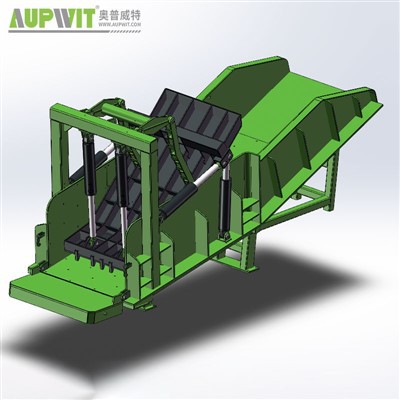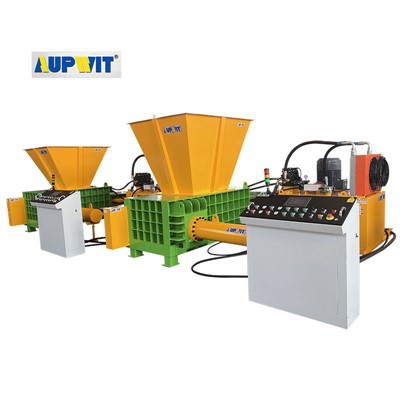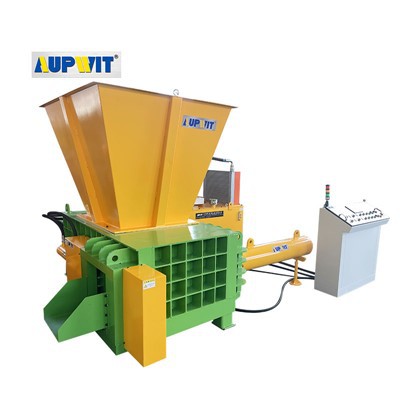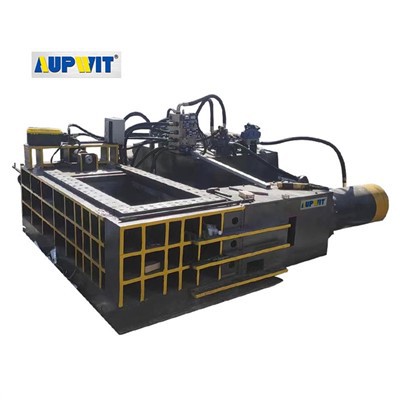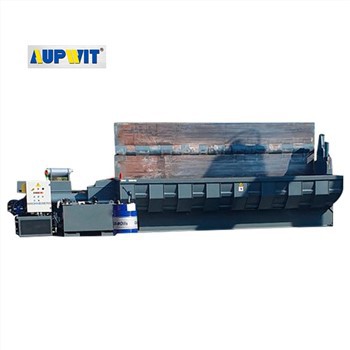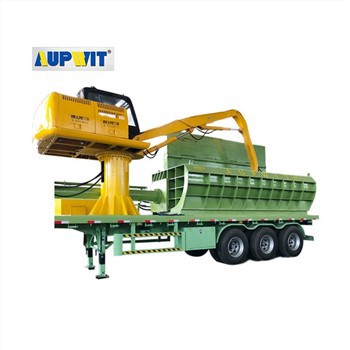Quantifying Waste Bundle Compactness in Tire Balers
Quantifying the compactness of waste bundles produced by a tire baler is essential for ensuring efficient storage, transportation, and subsequent processing. Here are several methods to achieve accurate quantification.
1. Density Measurement Method
One common approach is to measure the density of the waste bundle. First, weigh the fully-formed bundle using a calibrated industrial scale to obtain its mass (in kilograms or pounds). Then, measure its dimensions (length, width, and height) with a measuring tape or laser-based dimensioning device.
- Use calibrated industrial scale for mass measurement
- Measure bundle dimensions precisely
- Laser dimensioning devices provide highest accuracy
Volume = Length × Width × Height
Calculate the volume of the bundle using the formula for the volume of a rectangular prism. Divide the mass by the volume to get the density. A higher density generally indicates greater compactness.
2. Pressure Testing Method
Another method involves applying pressure tests. Place the waste bundle on a flat, stable surface and use a calibrated compression testing machine to apply a controlled amount of pressure.
- Ensure testing surface is perfectly flat
- Use calibrated compression equipment
- Apply pressure gradually and consistently
Monitor the deformation of the bundle under pressure. Bundles with higher compactness will resist deformation more effectively and show less compression under the same applied force compared to loosely-packed ones.
3. Visual Comparison Method
In addition, visual inspection and comparison with standard samples can serve as a supplementary assessment. Create reference bundles with known compactness levels through consistent baler settings.
- Establish standard reference bundles
- Compare shape retention characteristics
- Evaluate surface smoothness and uniformity
Compare the appearance, shape retention, and surface smoothness of new bundles to these standards. By combining these density-based measurements, pressure tests, and visual evaluations, operators can accurately quantify and maintain the optimal compactness of waste bundles produced by tire balers.
- Best Practice: Combine all three methods for most accurate assessment
- Frequency: Test regularly to monitor baler performance
- Documentation: Maintain records for quality control


